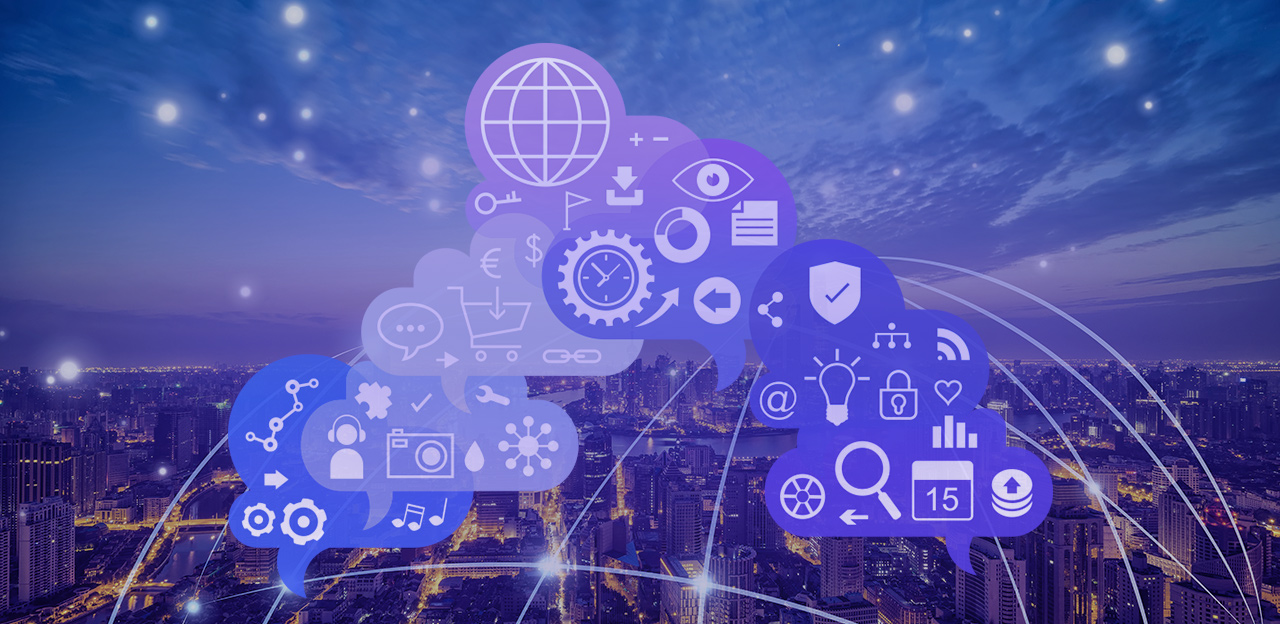As new trends transform the software industry, it can be hard to stay on top of changing technologies, much less their impact on company finances. While software-as-a-service (SaaS) is often seen as a technical and marketing/ business endeavor, the model has major implications for finance as well. SaaS speeds up interactions and gathers more detailed data for professionals at all levels of the organization, changing every aspect of how software companies operate.
This blog post provides an in-depth exploration of the financial advantages of cloud services and resulting business practices, considering the savings and benefits for vendor and client alike.
The Beginning: A Transformative Model
SaaS is often thought of as a major money-saver primarily because the model distributes basic IT costs for servers, storage, and maintenance over multiple clients, which also improves a vendor’s ability to offer relatively seamless upgrades and updates. However, there are plenty of other “hidden” ways that SaaS can be financially prudent for vendors and their customers. SaaS not only offers obvious efficiencies in terms of shared server storage and easier updates, but also redefines and improves the entire customer relationship for software companies.
In a departure from the traditional software sales model with large upfront costs and limited ongoing interaction, SaaS offers an opportunity for clients to get started with an offering on a small scale and ramp up usage over time while building a close relationship with the vendor. And there are many additional cost advantages the SaaS model can offer.
Pressure-Free Sales and Painless Onboarding
SaaS redefines the software sales process, removing the emphasis from a large initial license sale with high costs, and transitioning the focus to a close customer relationship that grows over time. While this model can reduce commission for salespeople and diminish initial returns for vendors, it also creates additional opportunity for incremental revenue to accelerate throughout the lifecycle of the client relationship.
The SaaS model makes an ongoing relationship, not an initial sale, the central point of customer interactions. This transforms the traditional lengthy initial implementation engagement into an accelerated onboarding period backed up by regular training, allowing for a shorter time to market and return on investment. Customers benefit by making a fast, affordable transition to using effective new tools, and vendors benefit from more close-knit customer relationships that cost less to initiate and also offer the potential to generate more revenue in the long run. SaaS providers need to deliver reliable solutions to their customers every day, not just intermittently, and have to build relationships accordingly.
- Vendor benefits: Increased lifetime client value
- Client benefits: Rapid onboarding with low upfront costs
Renewals and Upgrades
In keeping with a focus on the customer, contract renewals are the lifeblood of SaaS. The model makes renewals less painful and less expensive than in the traditional software model. With SaaS, there’s no need to install (and pay for) a costly, cumbersome new server instance, or deal with complex updates to intricate systems integrations created during a months-long implementation. Upgrades and maintenance are performed “behind the scenes,” often involving minimal downtime or downtime only during off-peak hours. SaaS enables customers to wake up and log in to a new and improved system, with all customizations intact. With SaaS, updates also happen more frequently, giving clients regular access to useful new tools. Gone are the days of expensive, involved “upgrades” that cost more than the initial implementation did, as well as “end-of-life” panics where vendors stopped supporting specific software versions and left customers stranded or at the mercy of independent systems integrators. Relieving customers from the pain of costly upgrades and the panic about version support is a priceless benefit of SaaS.
Renewals can also be automated and made an expected part of the customer’s SaaS subscription, relieving the vendor from the pressure to scramble for major contract renewals periodically. It’s also easy for SaaS providers to determine how often customers are logging in to use the system, giving the vendor an advantage when it comes to encouraging upgrades or developing strategies to expand client usage. Dedicated customer account managers or customer success managers can work closely with individual clients to promote usage and determine ways to expand and customize the system to meet client needs. This close relationship offers the customer increased responsiveness to their needs and allows for more rapid attainment of solutions. In short, both sides succeed—and save money—when the focus shifts from the transaction to an on-going vendor-customer relationship.
- Vendor benefits: Ongoing revenue, standard version for clients
- Client benefits: Seamless renewals and upgrades
Next, we’ll explore other areas such as maintenance and support, compliance, relationships with partners and the important aspect of revenue recognition. Stay tuned.





